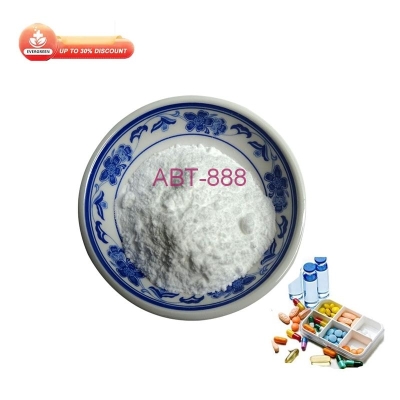-
Categories
-
Pharmaceutical Intermediates
-
Active Pharmaceutical Ingredients
-
Food Additives
- Industrial Coatings
- Agrochemicals
- Dyes and Pigments
- Surfactant
- Flavors and Fragrances
- Chemical Reagents
- Catalyst and Auxiliary
- Natural Products
- Inorganic Chemistry
-
Organic Chemistry
-
Biochemical Engineering
- Analytical Chemistry
- Cosmetic Ingredient
-
Pharmaceutical Intermediates
Promotion
ECHEMI Mall
Wholesale
Weekly Price
Exhibition
News
-
Trade Service
Atomoxetine Related Compound C (10 mg) is a medication used to treat attention-deficit/hyperactivity disorder (ADHD) in adults and children.
It belongs to a class of medications called selective norepinephrine reuptake inhibitors (SNRIs), which work by increasing the levels of norepinephrine, a neurotransmitter that plays a role in attention and impulse control.
This compound is available in the form of tablets, and the active ingredient present in the tablet is N-methyl-3-phenyl-3-(p-tolyl-oxy)propan-1-amine hydrochloride.
When discussing Atomoxetine Related Compound C, it's important to understand the distinction between upstream and downstream products.
Upstream products refer to the raw materials and intermediates used in the manufacturing process.
Downstream products, on the other hand, are the finished drugs that are ready to be sold and administered to patients.
In the case of Atomoxetine Related Compound C, the upstream products include the raw materials used to synthesize the active ingredient, such as the raw materials used for the synthesis of the starting material N-methyl-3-phenyl-3-(p-tolyl-oxy)propan-1-amine, as well as any intermediates used in the manufacturing process.
The downstream product, of course, is the final tablet that contains 10 mg of the active ingredient.
The manufacturing process for Atomoxetine Related Compound C begins with the synthesis of the starting material, N-methyl-3-phenyl-3-(p-tolyl-oxy)propan-1-amine.
This is typically accomplished through a multistep synthesis process, which involves the reaction of various chemicals in a series of chemical reactions.
The starting material is then further processed to remove any impurities and to form the final product, which is the active ingredient present in the tablet.
In order to manufacture Atomoxetine Related Compound C, the active ingredient must be synthesized in a highly controlled environment in order to ensure that it meets the strict standards for purity and quality required by regulatory agencies such as the FDA.
This requires the use of specialized equipment and the employment of highly trained personnel who understand the intricacies of the manufacturing process.
Once the active ingredient has been synthesized, it is mixed with other ingredients, such as excipients and fillers, to form a paste that can be compression molded into tablets.
This process ensures that the active ingredient is evenly distributed throughout the tablet and that the final product meets the required specifications for purity, strength, and dissolution.
Finally, the tablets are packaged and labeled according to the specifications set forth by the FDA and other regulatory agencies.
The labeling must include information about the active ingredient, the dosage, and any warnings or precautions that should be taken when administering the medication to patients.
In summary, Atomoxetine Related Compound C is a medication used to treat ADHD, and it is manufactured through a multi-step synthesis process that involves the use of various raw materials and intermediates.
The manufacturing process is highly controlled, and the final product must meet strict quality standards before it can be sold and administered to patients.
The upstream and downstream products of Atomoxetine Related Compound C include raw materials, intermediates, and the final tablet that contains 10 mg of the active ingredient.







